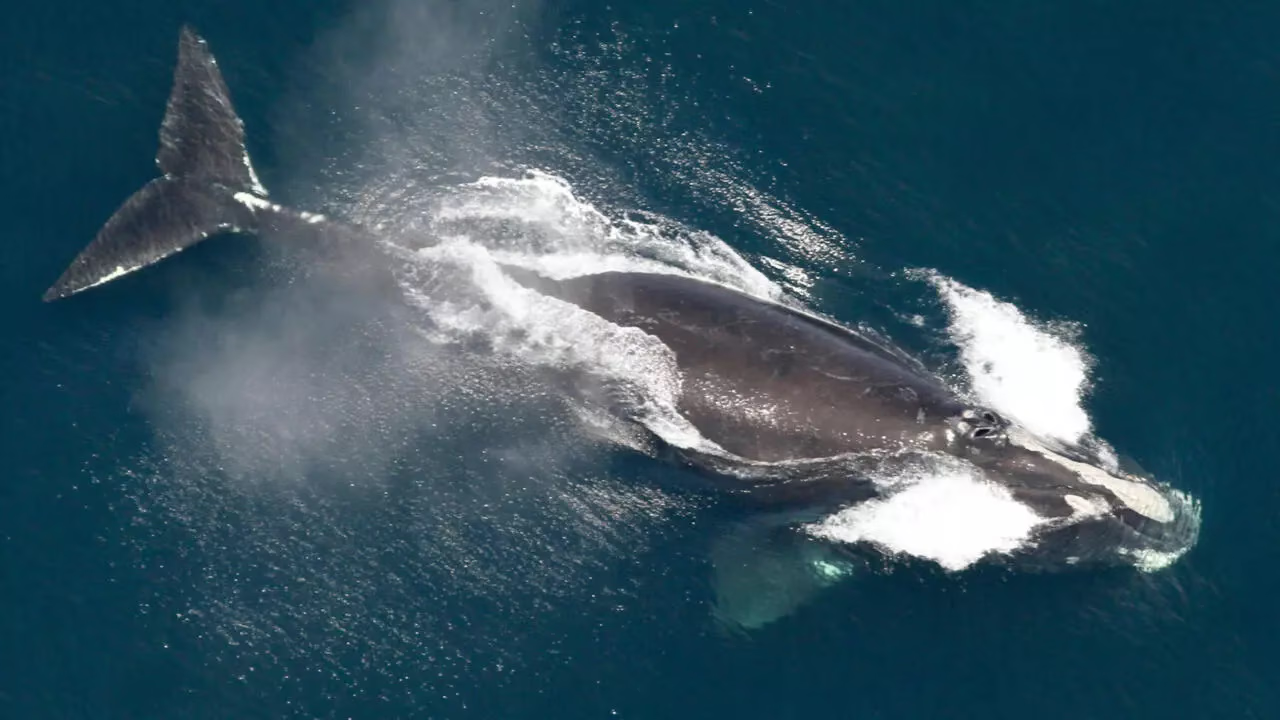One of the rarest whale populations on the planet is showing a cautiously encouraging increase after the introduction of new protection measures, scientists report.
According to an assessment by the North Atlantic Right Whale Consortium published on Tuesday, the species’ population has reached about 384 individuals—eight more than the previous year. Over the past four years, the population has grown steadily, rising by more than 7 percent since 2020.
The finding is especially significant after a decade of alarming decline: from 2010 to 2020, the number of whales—threatened by ship strikes and entanglement in fishing gear—fell by roughly a quarter.
The latest data confirm the effectiveness of conservation measures, said Philip Hamilton, senior scientist at the Anderson Cabot Center for Ocean Life at the New England Aquarium. The center, together with the U.S. National Oceanic and Atmospheric Administration, monitors whale populations. Measures adopted in Canada to protect whales in the Gulf of St. Lawrence, where sightings have become more frequent, have been particularly important, Hamilton noted.
“We know that even a modest annual increase, if sustained, will lead to recovery,” he said. “The question is whether we can maintain that pace.”
Scientists warn that the recovery remains fragile, as the animals continue to die due to human activity. However, Hamilton noted signs of improving reproductive rates.
Whales rarely reproduce if they are injured or malnourished, and low birth rates have long hindered population growth. But this year, four females gave birth for the first time, and some experienced mothers had shorter intervals between calves. In total, eleven calves were born—fewer than researchers expected, but the participation of new females in reproduction is an encouraging sign, Hamilton said.
“A slight population increase, the absence of recorded deaths, and a decline in injuries compared with previous years give us cautious optimism about the future of North Atlantic right whales,” said Heather Pettis, head of the species research program at the Cabot Center and chair of the consortium. “We’ve already seen how quickly the situation can change.”
These whales were nearly wiped out during the era of commercial whaling but have been under federal protection for several decades. Each year they migrate from calving grounds off the coasts of Florida and Georgia to feeding areas off New England and Canada. According to some researchers, ocean warming is making this journey more dangerous, forcing the animals to stray from established protected routes in search of food.
